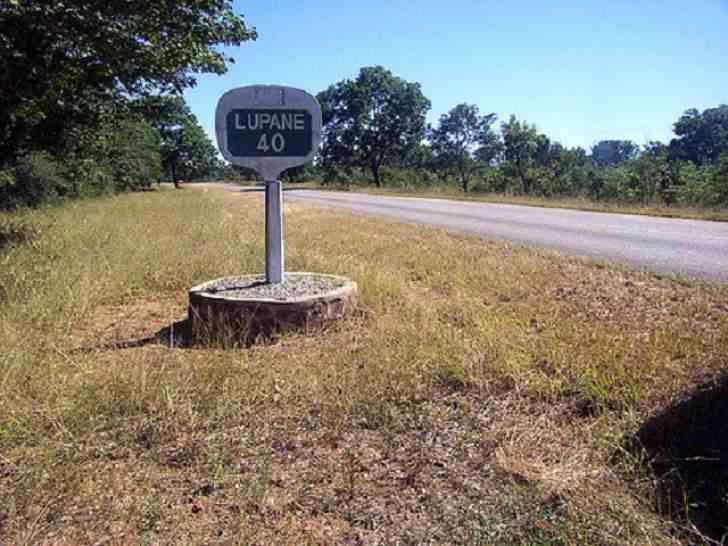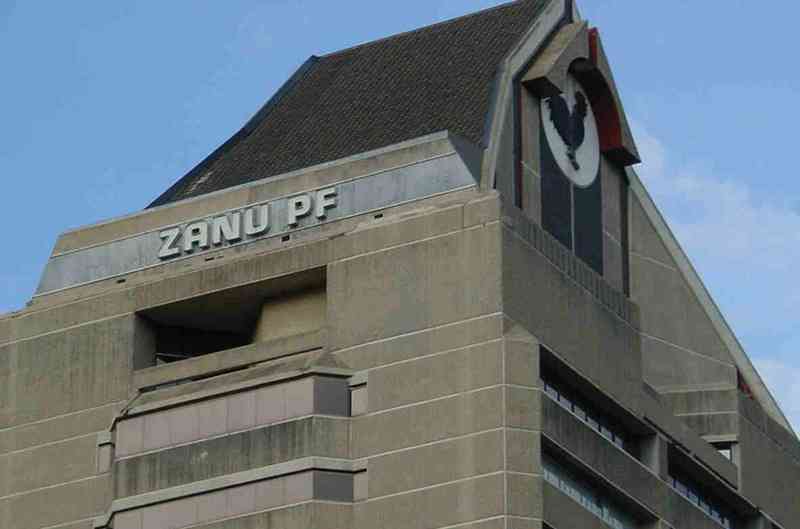
THE Primary and Secondary Education ministry is saddled with huge debts running into billions in Zimbabwe Gold (ZiG) currency, highlighting the crisis facing the sector after years of underfunding.
Ministry permanent secretary Moses Mhike made the revelations before the Parliamentary Portfolio Committee on Education led by Zaka North MP Ophias Murambiwa (Zanu PF), where he highlighted the dire financial situation facing the sector.
“In the non-wage recurrent expenses, there is the Zimbabwe Schools Examination Council (Zimsec), which we now owe US$51 005 000,” Mhike said.
“When translated at the rate of US$1:ZiG36, it would be equivalent to ZiG1 836 180 000.
“With the total arrears figure given above, the budget that we were given might not be adequate to cater for the needs of the various programmes during the year, thereby affecting performance.”
The Primary and Secondary Education ministry received ZiG46,64 billion in the 2025 budget, with the Higher and Tertiary Education portfolio getting ZiG10,32 billion.
Together, the education sector accounted for approximately 20,6% of the national budget.
Mhike said the figure was a drop in the ocean compared to the pressing needs facing the sector.
- Zimsec, teachers clash over Cala allowances
- Letters:Only an engineer can save Zimbabwe from her problems
- Furore over ‘exorbitant’ Cala charges
- Zimsec ‘O’ Level paper leaks
Keep Reading
“Given the prevailing constrained fiscal space, the budget is insufficient,” he said.
“Learner welfare support — inadequate budget to cater for school feeding, sanitary ware, learners with special needs, recruitment and retention of specialist teachers.
“Inadequate funding for capital expenditure items — construction of new schools, completion of stalled projects, threatening litigations/legal disputes by contractors.”
Mhike said non-payment of Basic Education Assistance Module (Beam) funds was threatening the viability of several schools.
Beam is a government scheme which pays tuition fees for underprivileged children.
Despite the noble intention to support students, government has failed to fulfil its commitment due to underfunding.
In some remote parts of the country, over 90% of students depend on Beam.
“If Treasury manages to timeously release the allocated funds and the associated cash support for payment runs, the ministry will stand a better chance to better deliver primary and secondary education services to the citizenry of Zimbabwe,” Mhike said.
Zimbabwe Teachers Associations chief executive Sifiso Ndlovu said Beam had largely remained a paper allocation.
“We observe that Treasury has Beam fund arrears of more than two financial years,” she said.
“The intended purpose of Beam as fiscal intervention to education financing is lost if this scenario continues.
“We urge Treasury to disburse Beam funds timely and allow schools to meet operational costs.”
Ndlovu also said the poor welfare of teachers was exacerbating the crisis bedevilling the sector.
“A deep analysis reveals that teachers’ salaries will remain subdued, a development that may lead to discordant employer-employee relations,” Ndlovu said.
“The calls for greater investment in education are not misplaced. A fundamental shift in financing education is called for, otherwise the 2030 targets are off track in tackling Zimbabwe’s teacher shortage and responding to curriculum changes.
“This calls for decent working conditions and enhanced status of teaching and teachers, including their salaries. This budget should respond to this and its allocation must be increased.”










